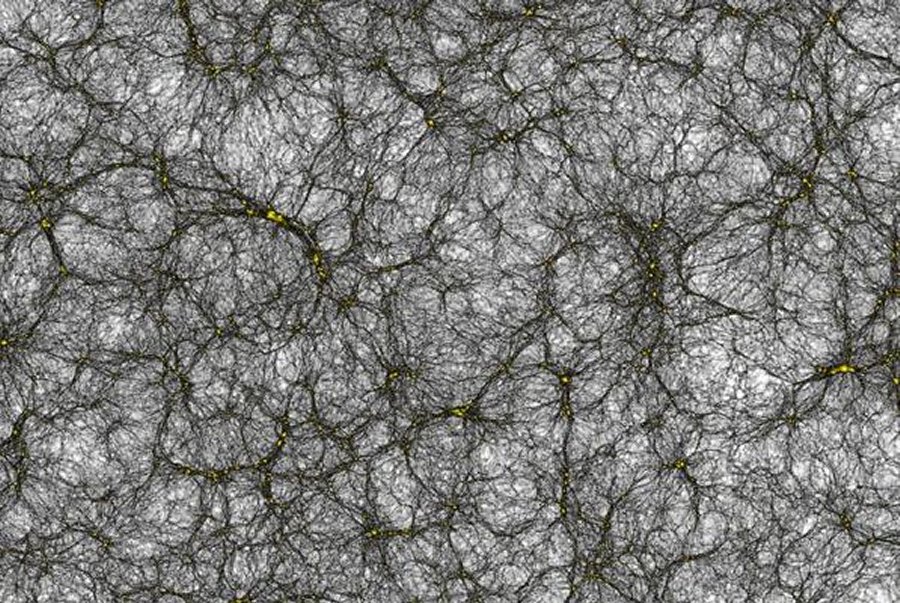MessageToEagle.com – Dark matter is one of the greatest mysteries of the Universe. The European Euclid mission, which starts in 2020 will shed light on this mystery by mapping the geometry of the dark Universe.
Using one of the world’s largest and most powerful supercomputers, astrophysicists from the University of Zurich have simulated the largest and most complex virtual universe.

This new computer model is like a gigantic catalogue of about 25 billion virtual galaxies that has been generated from 2 trillion digital particles. The challenge of this simulation was to model galaxies as small as one tenth of the Milky Way, in a volume as large as our entire observable Universe.
See also:
World’s Largest Digital Survey Of The Visible Universe Released
Earth Might Have Hairy Dark Matter – Are We Closer To Unlock Secrets Of This Elusive Substance?
Did “Dark Matter” Or A Star Called Nemesis Kill The Dinosaurs?
It will serve on board the Euclid satellite that will be launched in 2020. The Euclid satellite’s important goal is investigating the nature of dark matter and dark energy.
About 95 percent of the Universe is dark. The cosmos consists of 23 percent of dark matter and 72 percent of dark energy.
“The nature of dark energy remains one of the main unsolved puzzles in modern science,” says Romain Teyssier, UZH professor for computational astrophysics and adds that this long-lasting puzzle can be cracked only through indirect observation.
Therefore, astrophysicists’ great hope is the Euclid satellite, which will be launched in 2020.
“Euclid will perform a tomographic map of our Universe, tracing back in time more than 10-billion-year of evolution in the cosmos,” Stadel says.
MessageToEagle.com
Expand for references






